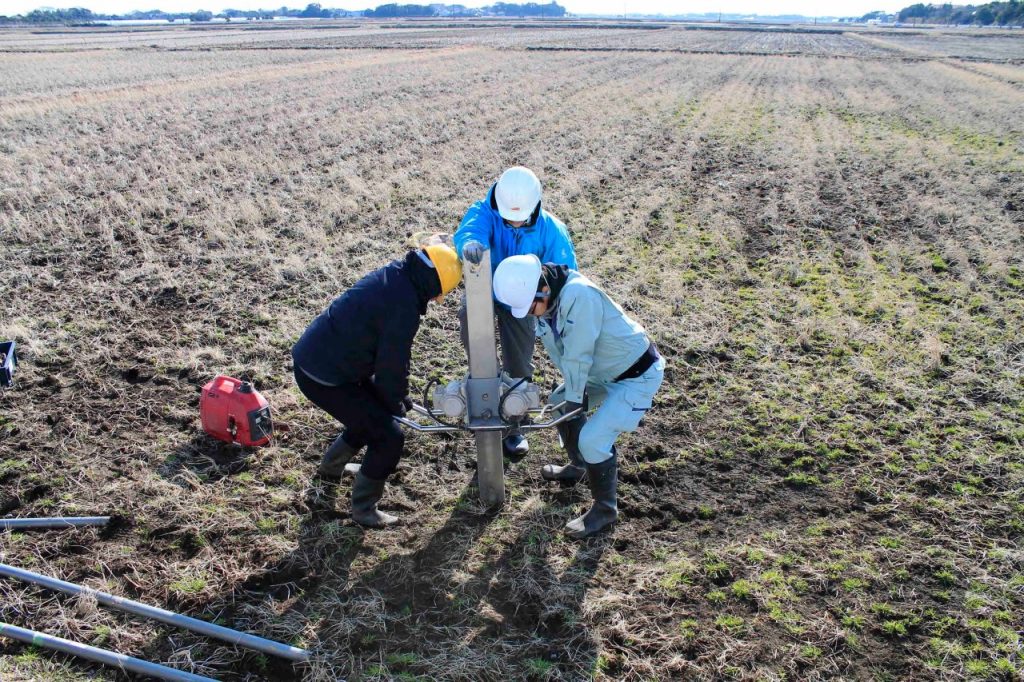
Multiple large and destructive tsunamis in the past few decades in the Indian Ocean (2004), Chile (2010), and Japan (2011) have underscored the threat that tsunamis pose to coastal regions, ushering in a new era of research aimed at better predicting areas threatened by the fast-developing natural disasters.
But documenting and examining recent events does not provide enough information to fully characterize coastal hazards, said Tina Dura, an assistant professor of coastal hazards in Virginia Tech’s Department of Geosciences. Dura is taking a new approach to help overcome that information deficit. She’s looking at the past with an aim to understand what may lie ahead.
“It is still too difficult to predict when a tsunami may strike if we only consider the recent past,” Dura said. “Some coastlines have not experienced a recent large tsunami, so we may underestimate the potential for infrequent, but large and destructive tsunami events,” Dura said. “We hope to change that by using geological history as our guide.”
Dura’s Coastal Hazards Lab uses sand beds deposited by tsunamis and preserved in coastal environments to reconstruct past tsunami inundation over hundreds to thousands of years, helping better define coastal hazards in a region.
Dura was part of research that appeared in Nature Geoscience Thursday examining the seismic risk of earthquakes and associated tsunamis in the Tokyo region. The work revealed that earthquakes along a previously unconsidered plate boundaries have produced significant tsunami inundation in the past, adding another possible source for earthquakes in the Tokyo region and tsunamis in the Pacific Ocean.
“This study describes the first geologic evidence of past tsunami inundation along the north-central Chile coast,” said Dura, who is an affiliated member of the Center for Coastal Studies, an arm of the Fralin Life Sciences Institute at Virginia Tech. “Every new tsunami deposit we describe helps paint a more complete picture of how tsunamis have behaved in the past and what we can expect in the future.”
“Visiting north-central Chile and seeing the tsunami evidence firsthand really drove home the power of this hands-on geologic effort to better understand tsunami hazards,” said Jessica DePaolis, a Ph.D. student in the Coastal Hazards Lab. “Leading the data collection and writing of the study was a big challenge but it was made possible by a great group of collaborators from Chile and the U.S.”




